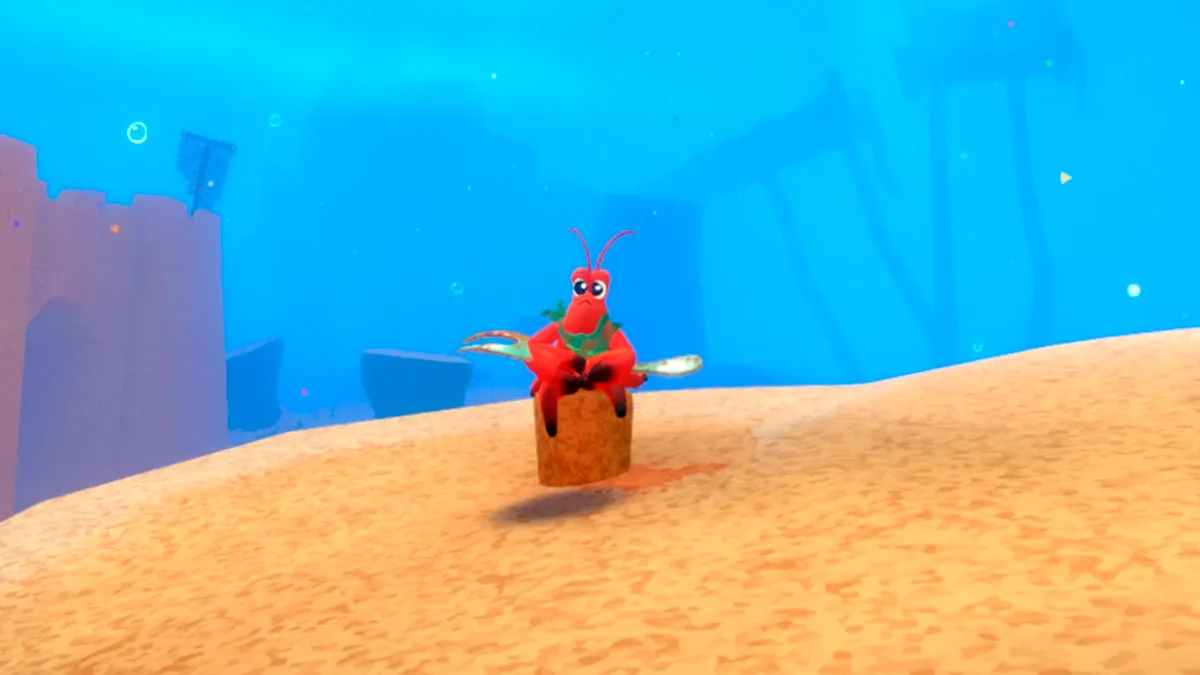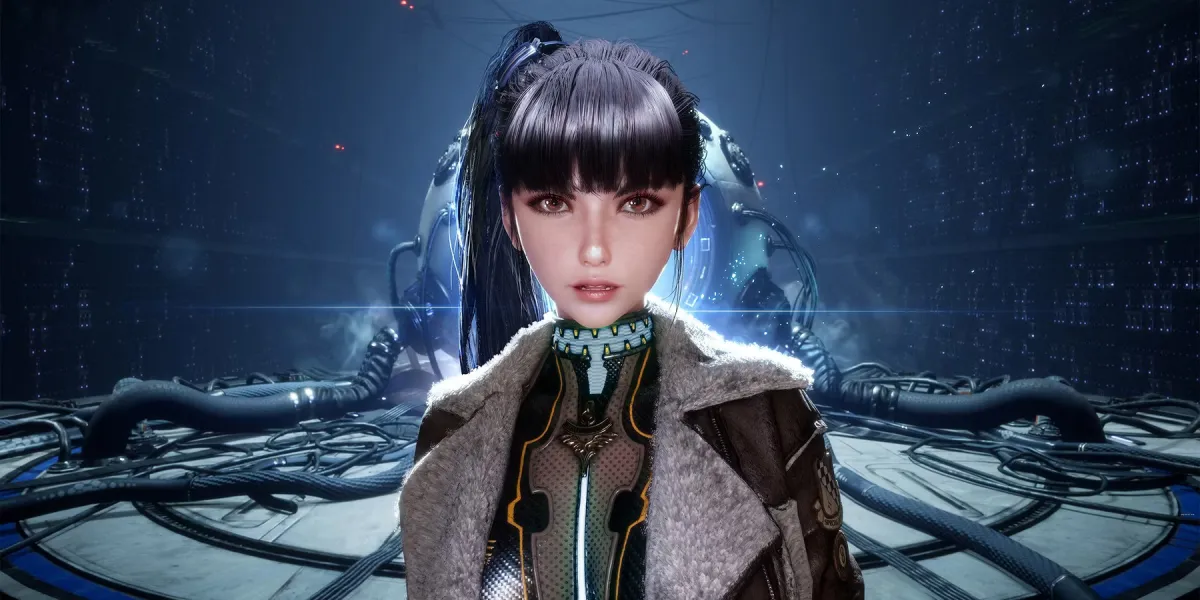I was never much of an artist, but between the age of 10 and 11, I couldn’t stop drawing Sonic the Hedgehog. Not in the creepy, erotic manner of those of the furry persuasion – my doodles were more suited for the opening pages of GamePro than the dark alleys of DeviantArt. But no matter how many times I zig-zagged across the page to outline Super Sonic’s yellow spikes, I never quite managed to impart a sense of motion to my scribblings. I expected my sketches to hum with the same energy as the pixels hovering across my TV screen, but they never did. Compared to the pictures I had in my head, the Sonics of my sketchbook were depressingly inert.
Maybe that’s why I get so much satisfaction from Crayon Physics Deluxe, a downloadable PC game by Finnish programmer Petri Purho where your drawings literally come to life. Crayon Physics is part physics engine, part MS Paint: Every object you draw behaves (more or less) according to Newton’s laws of motion. Like so many of the best indie game designers of the last few years, Purho takes this simple concept and develops it into a thought-provoking, charming and completely unique experience.
Crayon Physics‘ “story mode,” consisting of 76 individual puzzles created by Purho, introduces you to the game’s core mechanics. The objective is always the same: Guide a red ball into a yellow star through whatever means you can dream up. The game slowly ramps up the difficulty by introducing new construction elements to the equation – you start out drawing basic ramps and platforms, but it won’t be long before you’re building horrendously complex networks of levers and pulleys to carry your payload across the field.
If the puzzles themselves aren’t engrossing enough, Crayon Physics‘ whimsical aesthetic will instantly draw you in. All the games colors, textures and sounds evoke a feeling of childlike innocence that perfectly complements the gameplay. There’s rarely a single right answer to a puzzle – in fact, the game encourages you to come up with a solution as tidy or elaborate as you like. The levels themselves often feel haphazard and spontaneous to begin with, so you don’t have to be too concerned about coloring within the lines.
When you’ve exhausted the possibilities of the story mode, Crayon Physics‘ level editor lets you create puzzles of your own. As with LittleBigPlanet, the tools available to you in Crayon Physics‘ level editor are the same ones used by Purho to create the game’s story mode, so you’ll be able to assemble the same caliber of puzzle right off the bat. The process of building a level is only slightly more complicated than solving one: Simply draw objects in crayon, then pin them to the background (or each other) using thumbtacks. You can also add invisible “force” arrows that convey movement to an object, or add rockets for a bit more impact. When you’re finished, you can test it out with a press of the Play button; to go back and make changes, simply hit Stop. It may take a little practice before you’re able to construct anything truly complex, but creating even the most rudimentary puzzles is surprisingly rewarding.
If you’re particularly proud of one of your designs, you can upload it to the Crayon Physics Playground, the game’s level-sharing platform. Unfortunately, there’s no way to download other players’ levels directly from the game client – you can currently only access the Playground via a web browser. At the moment, it’s basically a list of uploaded levels in chronological order with extra data like description tags, number of downloads and average user-rating. You’ll likely be able to sort through these user-created levels using this additional information in the future – perhaps even within the game client itself – but for now, it’s clumsy and hard to navigate. Still, it’s hard to fault this feature when the community is still in its infancy.
If Crayon Physics shipped without the level editor or user-created content platform, the game’s “story mode” alone would make it a worthwhile purchase – especially since every penny of revenue will go directly to the game’s creator rather than filter through a byzantine network of retailers, distributors and publishers. As it stands now, Crayon Physics is likely to become a minor league LittleBigPlanet – not just a game, but a fun and intuitive vehicle for players’ creative expression.
Bottom line: It’s still a little rough around the edges, but Crayon Physics provides an experience that is instantly engaging and insanely fun.
Recommendation: The first must-play game of 2009.
Jordan Deam is completely incapable of drawing a straight line with a mouse.



